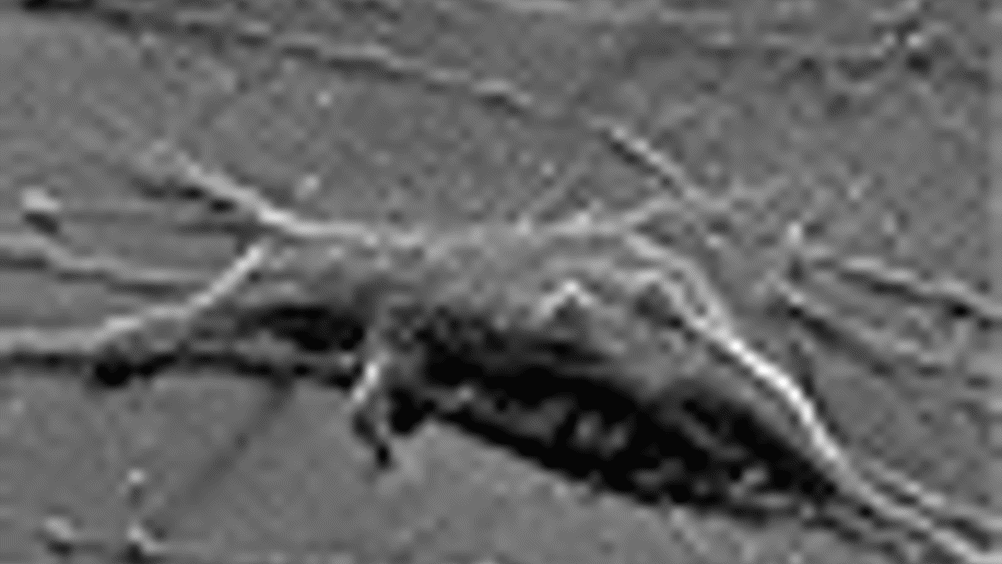Fake plastic cells

Biomedical engineer Diane Hoffman-Kim and her research team made the fakes using a novel two-part moulding process. The copies looked so authentic, Hoffman-Kim couldn’t tell if they were real or rubber at first.
‘When I saw the images from the microscope, I said, OK, I can’t tell the difference,’ Hoffman-Kim said. ‘It was pretty amazing, and just what we wanted.’
The main cells used in the experiments were Schwann cells, which protect peripheral nerves by wrapping around their axons to create insulating myelin sheaths. Schwann cells also direct axon growth during cell development and repair.
Hoffman-Kim, an assistant professor in the Department of Molecular Pharmacology, Physiology and Biotechnology and the Division of Engineering, said the realistic replicas could be used in laboratories to help scientists understand how these critical support cells sustain and direct nerve growth.
Register now to continue reading
Thanks for visiting The Engineer. You’ve now reached your monthly limit of news stories. Register for free to unlock unlimited access to all of our news coverage, as well as premium content including opinion, in-depth features and special reports.
Benefits of registering
-
In-depth insights and coverage of key emerging trends
-
Unrestricted access to special reports throughout the year
-
Daily technology news delivered straight to your inbox










UK Enters ‘Golden Age of Nuclear’
The delay (nearly 8 years) in getting approval for the Rolls-Royce SMR is most worrying. Signifies a torpid and expensive system that is quite onerous...